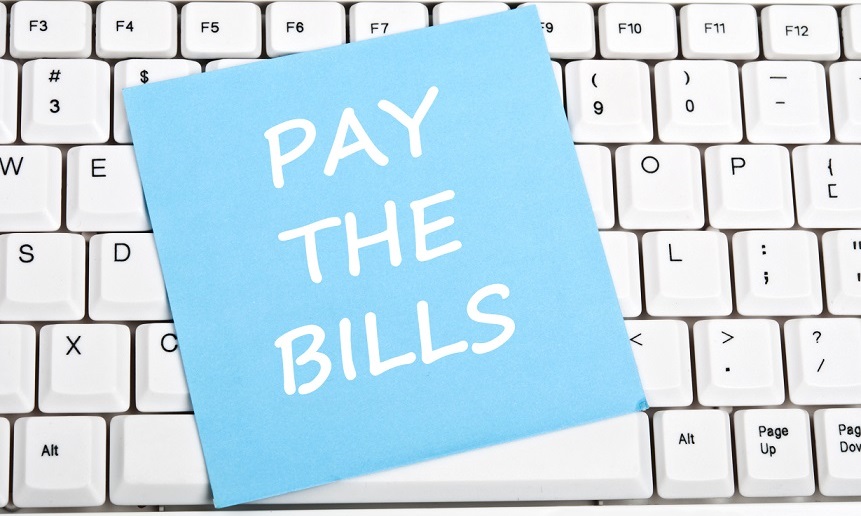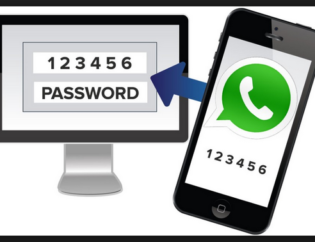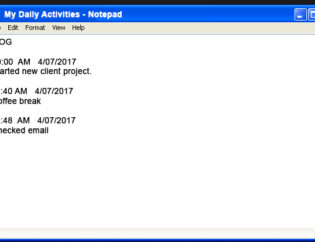
Paying your bills every month is a necessary part of anyone's life. However, if you do not have a handle on this aspect of your life, you may soon find yourself in financial trouble. Without a proper bill-paying system in place, you can amass debt, heighten stress, and put your finances and credit rating at risk.
Your goal should be to pay off every single bill on time, every time.
Now, how can you make sure you pay your bills the right way every single time? Simple! Use a checklist. In this article, I've taken the liberty of creating a checklist for you. Check it out, and ask yourself if there are any holes in your current bill-paying routine.
1. Create a list of all your outstanding expenses and debts.
If you have to pay for something, make sure that it gets added to this list. Categorize the items where possible (fixed vs. monthly expenses, bi-weekly expenses, and one-time expenses.) Put the most expensive payment at the top and the lowest one on the bottom. Here are some free household budget spreadsheets that you might find useful, compliments of Bob Lotich at ChristianPF
2. Develop a budget that ensures you can pay these bills and expenses each month.
Do you know how much money you make each month? If your expenses add up to more than you're making, you need to evaluate your spending. Cancel unnecessary subscriptions. Call your cell and landline providers, and ask them to review your current plan to see if there are any new promotions that would lower your bill. Do the same for your cable bill. In other words, do what it takes to save money each month instead of throwing it away on unnecessary expenses.
3. Determine due dates as soon as bills arrive.
Do NOT file bills away “for later!" – especially not until you've read and examined the due date. Instead, do this:
- Open bills immediately upon receipt
- Determine the due date
- Circle the due date so it's easy to find later, and
- Do a quick check to see if the charges are correct.
4. Secure a designated place for incoming bills.
As soon as you open your mail, place all bills in a location you’ve designated for bills only. This eliminates the possibility that the bills get lost before you pay them. Don’t forget that late payment may result in late fees or extra interest you can easily avoid. You can also sign up for paperless statements. Caution: If you decide to go the paperless route, be sure to download and review the statements monthly and file them in a folder on your desktop or in the cloud. It is of utmost importance that you have an organized digital filing system in place. You will understand the importance when you need to retrieve a statement. Depending on your comfort level with technology, consider using FileThis software that allows you to link your online accounts to automatically fetch all of your online statements in PDF format.
5. Set up a routine.
There are a few payment options from which to pick. You can:
- Pay all of your bills with paper (i.e., checks and envelopes)
- Integrate your bills with electronic banking for a seamless process
- Use both e-banking and paper (so most of your bills are handled online while you make some payments, such as income taxes, with traditional checks)
Some people review and pay any bills as soon as they receive them in the mail. Others prefer to create a standing appointment of an hour or two on a specific day to handle the task. To ensure the payments are always processed and received before their due dates, figure out what works for you. Then, stick with it.
Keep all bill paying statements and supplies you need nearby so you can handle the job efficiently.
Remember: there is some lag time from when you send a payment to when it's received by the person or company you owe. Not scheduling your bills on time has the potential to affect your credit rating in a profound way.
6. Use financial software to keep track of bill paying.
Financial software from Quicken, Mint and your bank’s proprietary software helps organize your bills and payments. These systems also help you set realistic budgets and help track spending to reach your financial goals.
Most banks allow you to pay your bills using a smartphone app. You can then log into your bank account to pay bills online or set up a schedule for recurring payments. Often they’ll allow you to transfer funds from one account to another and make deposits remotely, as well.









